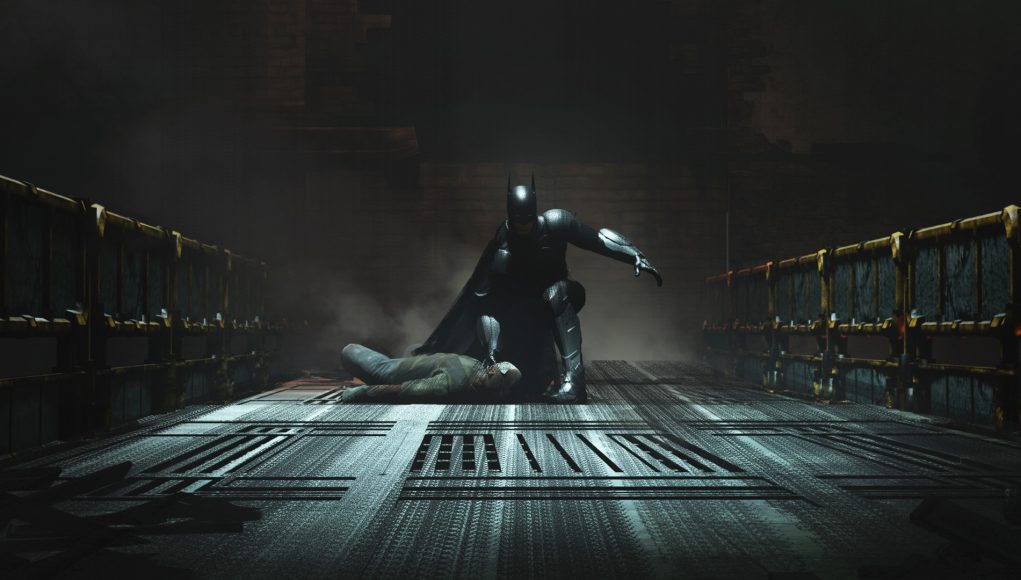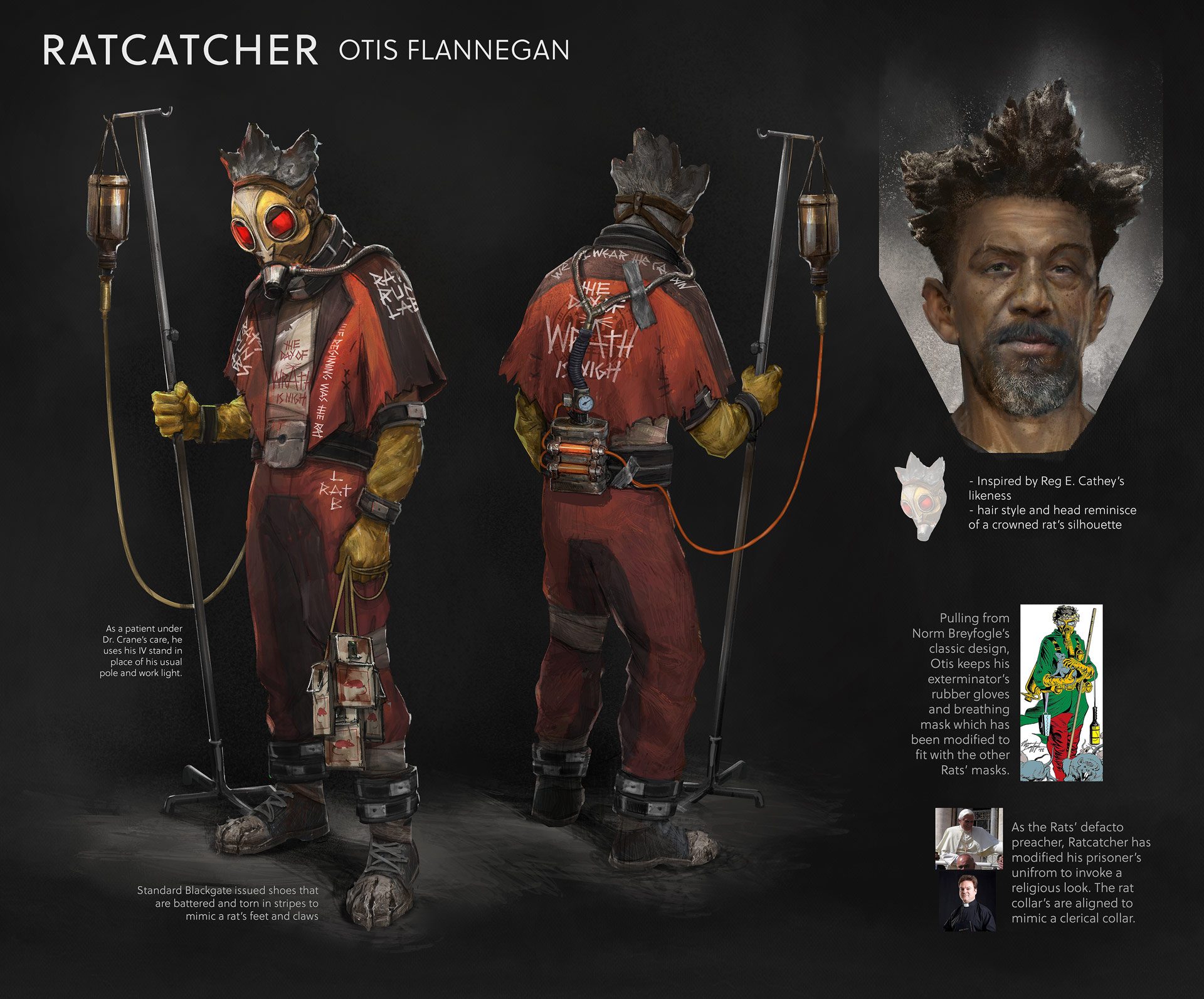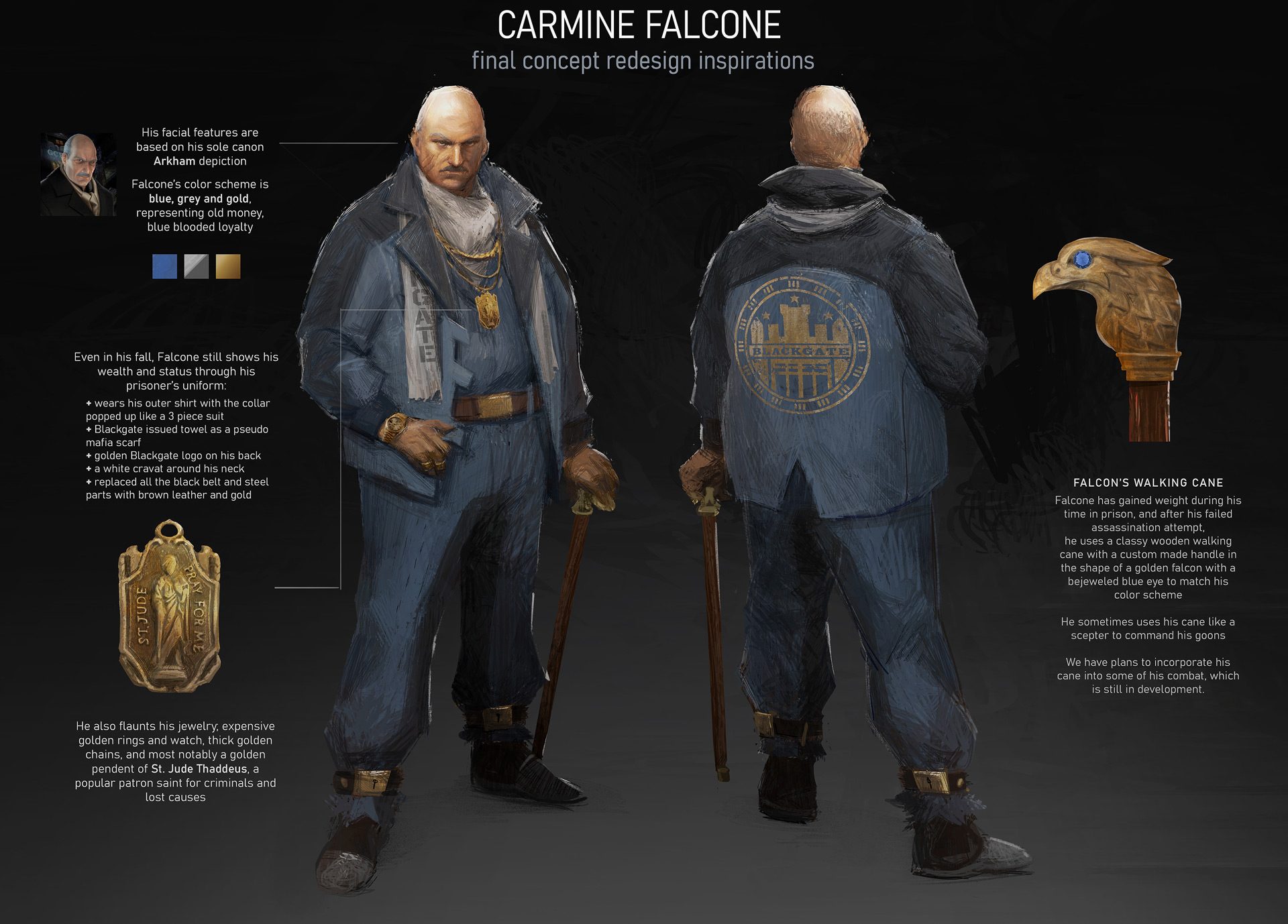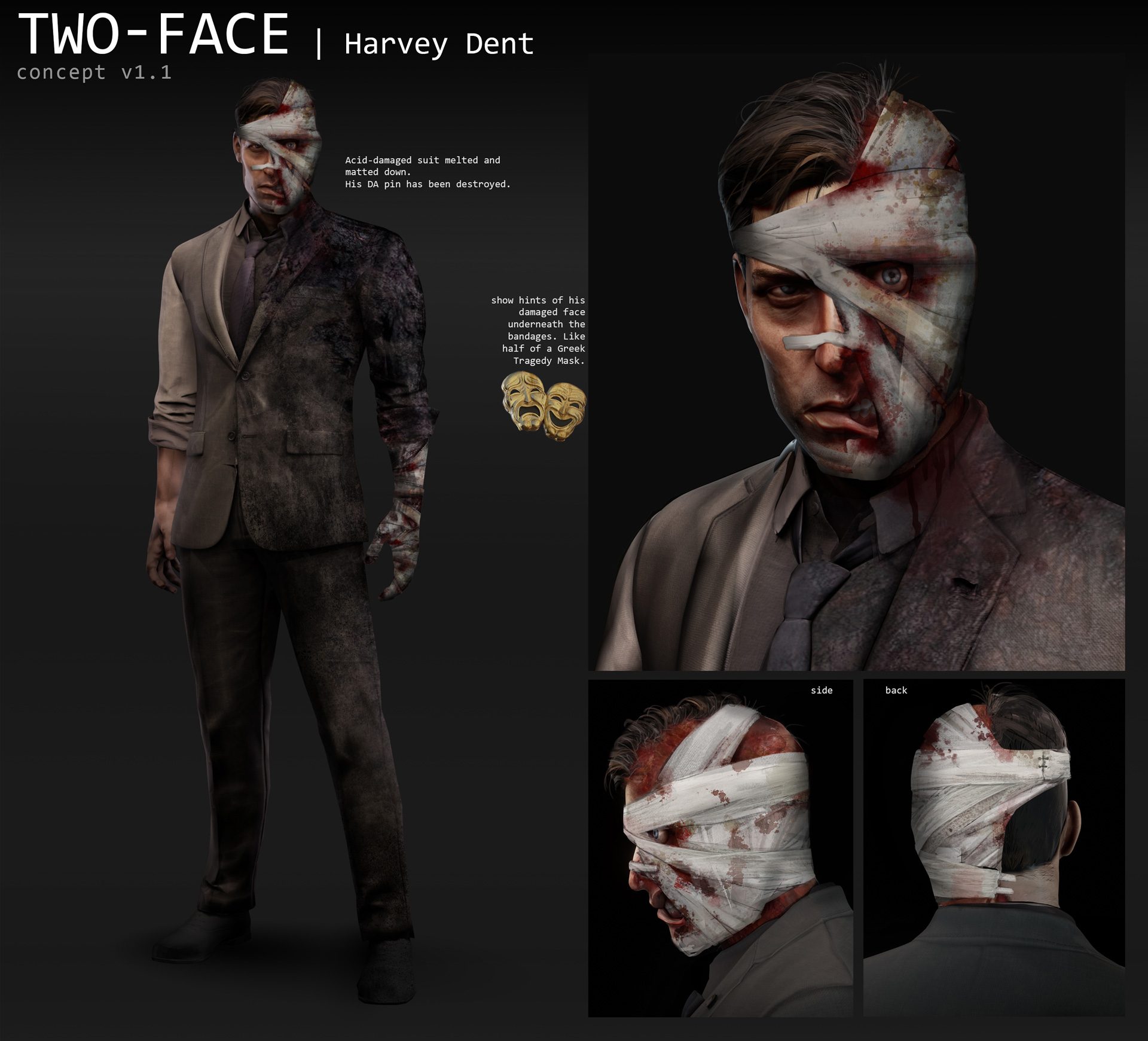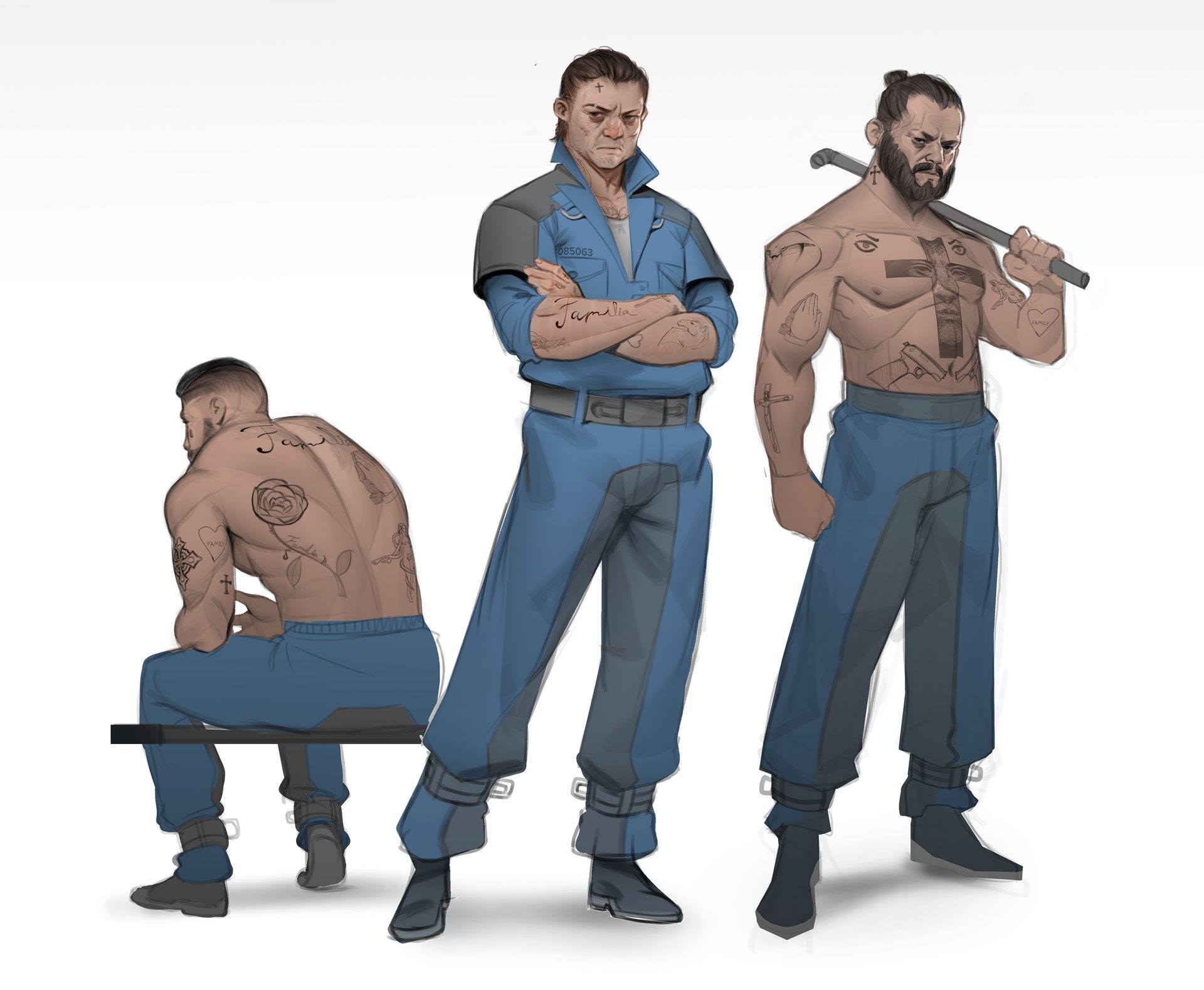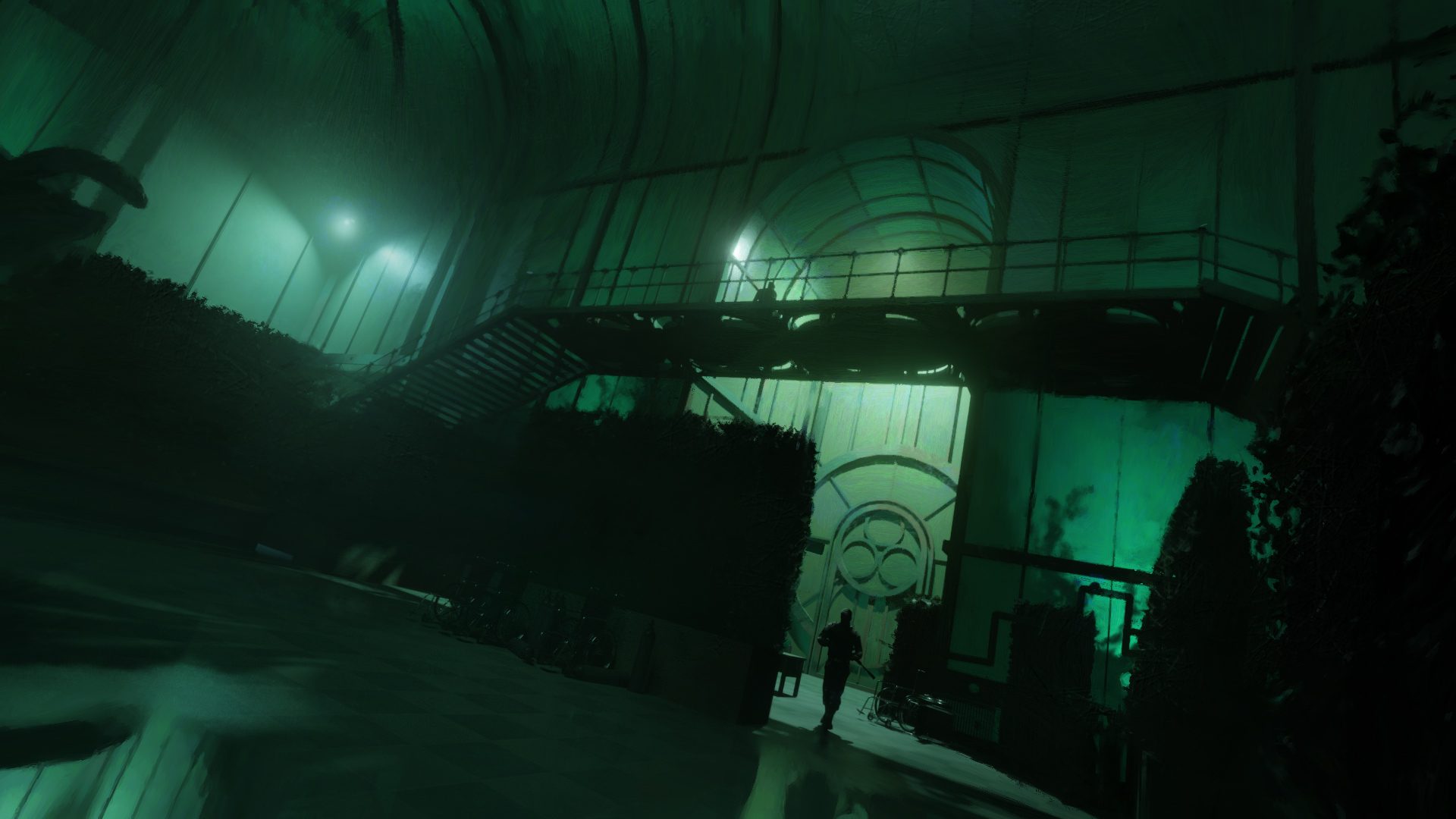Student for Life
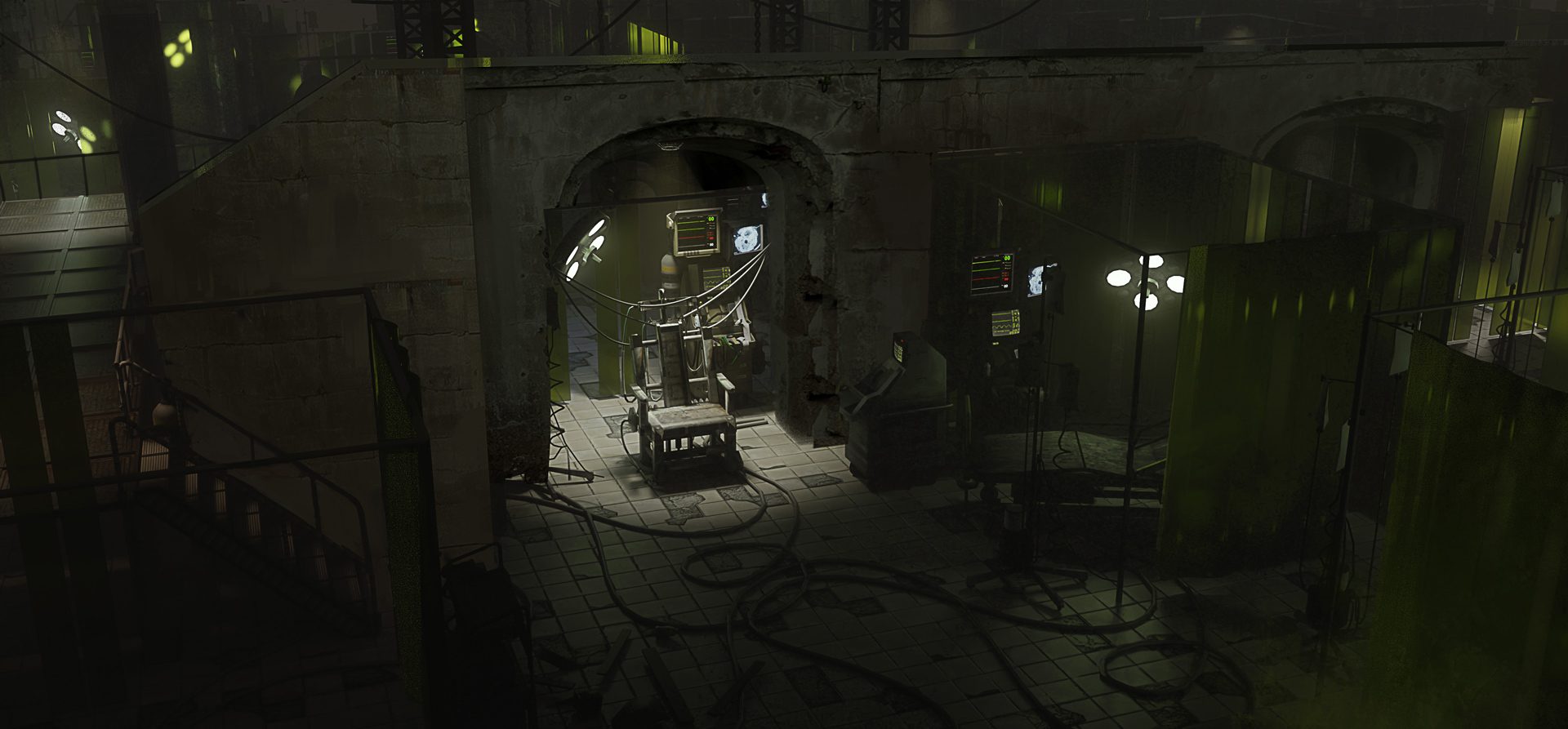 If there’s one thing that’s abundantly clear about the production of Arkham Shadow, it’s that Camouflaj as a studio was diligent about studying the Arkham games to make sure what it was building looked, sounded, and felt right. But the studio also spent time researching existing VR titles to borrow great ideas and learn hard-won lessons about what didn’t work in titles that came before.
If there’s one thing that’s abundantly clear about the production of Arkham Shadow, it’s that Camouflaj as a studio was diligent about studying the Arkham games to make sure what it was building looked, sounded, and felt right. But the studio also spent time researching existing VR titles to borrow great ideas and learn hard-won lessons about what didn’t work in titles that came before.
When it comes to Payton’s advice for other teams building VR games—both large and small—he says everyone can benefit from that approach.
“I think the secret to success in creating a great VR or MR game is diligently studying other titles. The rulebook for creating a great flatscreen game is many stories tall given the fifty-year history of the flat screen gaming medium. The time developers have spent developing immersive games (especially MR and now AR) is a tiny fraction of the time developers have spent on flat screen games, which makes our game development rulebook only a few inches tall, if that,” Payton says.
“We owe it to ourselves—and our players—to learn from the successes and failures of other VR and MR games, to learn, and to build off those learnings. That’s why I feel a sense of gratitude and indebtedness to all the developers behind the VR games we played while developing Arkham Shadow. We learned so much from games such as Assassin’s Creed: Nexus, Armature’s Resident Evil 4, Superhot VR, The Walking Dead: Saints & Sinners, The Song in the Smoke and Asgard’s Wrath II, just to name a few.”
– – — – –
More from this series:
Horizon Call of the Mountain – Firesprite
Asgard’s Wrath – Sanzaru Games
Blood & Truth – Sony’s London Studio
Bonus Art
A few more pieces worth seeing that we didn’t have room for:

